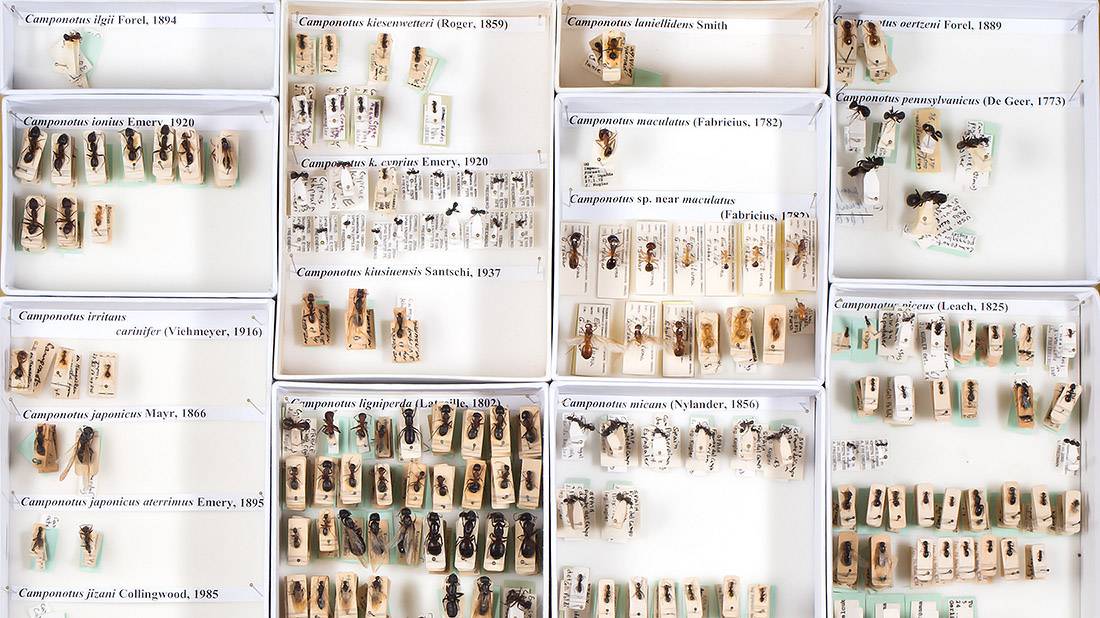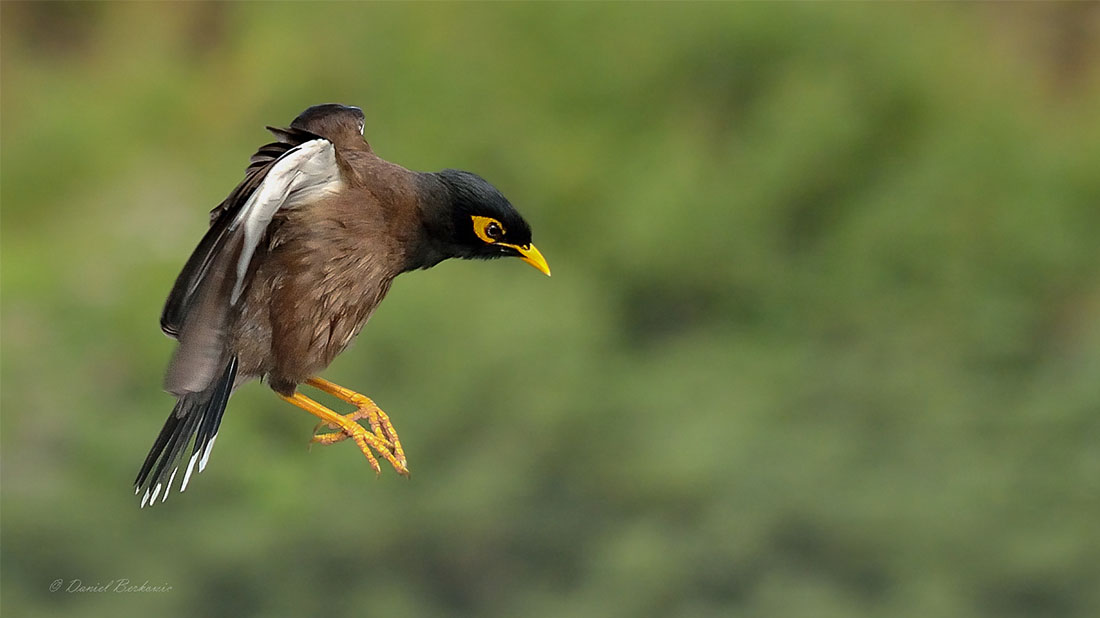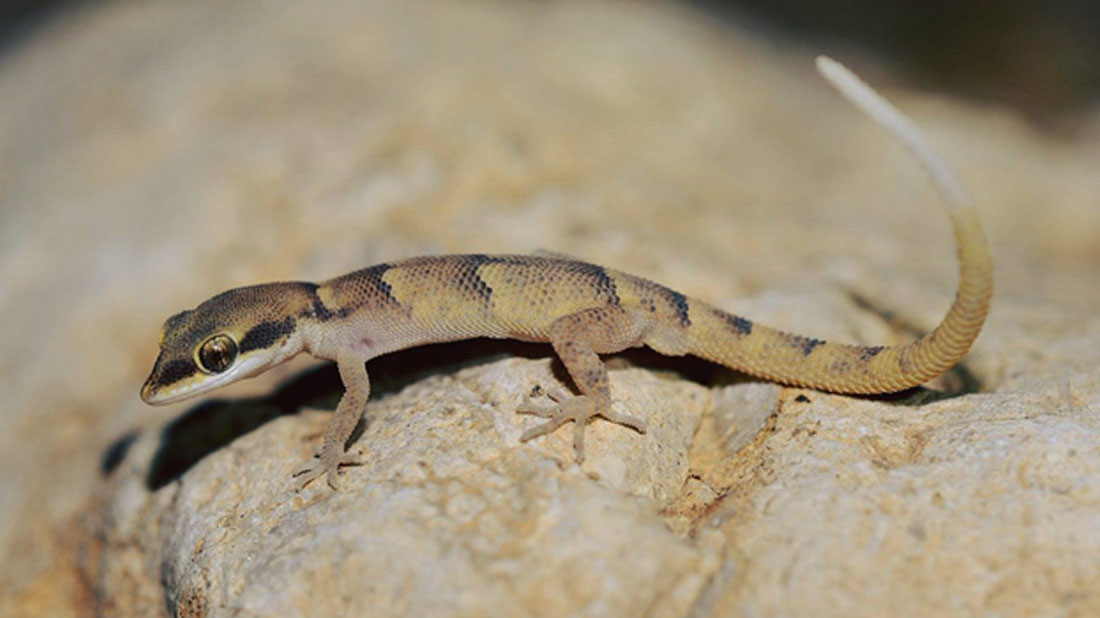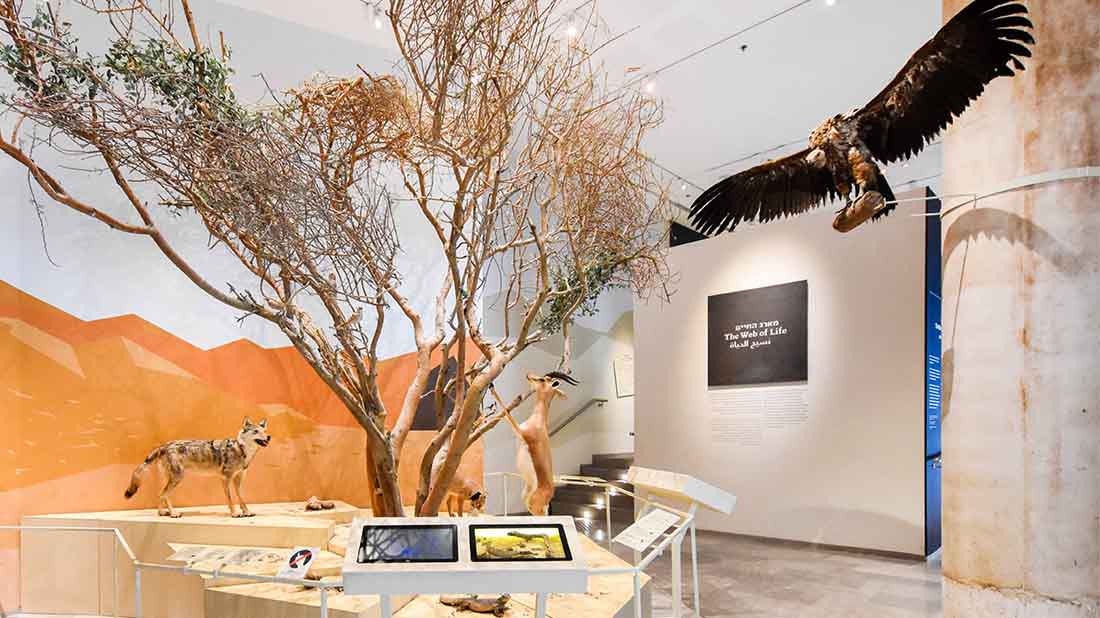What could be more beautiful than the wing of a butterfly, the shiny armored cuticle of a beetle, the mysterious nocturnal light of a firefly or the colorful slender abdomen of a damselfly? Who could think of something more fascinating than the metamorphosis from caterpillar to butterfly, the way a parasitoid wasp discovers and identifies its host, or the complex social life of honeybees and ants?
We are not ashamed to say that we love insects, and we love studying them (Entomology is the study of insects in Greek). What’s more, we don’t study them only for the sake of knowledge – all studies are related to insect conservation in Israel.
Insects are amazingly diverse, creating most of the biodiversity on earth. They are also extremely abundant, playing vital roles in keeping the healthy and balanced functioning of most of earth ecosystems. Israel has many endemic insect species, found only here and nowhere else in the world, many of which are facing major extinction risk due to the growing impact of humans. We wish to help saving this precious component of the biodiversity. In addition, recent studies worldwide show an alarming trend of fast decline in insect numbers, which may dramatically affect entire ecosystems and the services they supply to humankind. We wish to know what is happening in Israel, where such long-term data are yet unavailable, and to understand how to best face this danger.
The National Red List Assessment project for invertebrates
Invertebrates are a vital component of biodiversity and ecosystem function, and current trends across the globe suggest their rapid decline at an alarming rate. In order to understand the scale and nature of the threats and risks that these species face, it is important to assess Israel’s invertebrates in an objective and systematic way.
In this ambitious and important project, we aim to assess the risk of extinction for Israel’s endemic and endangered invertebrate species according to the global standard IUCN Red List criteria. The project has begun its main phase in 2020.
We welcome contribution from experts regarding species distribution, ecological knowledge of species and habitat related threats.
The little fire ant project
The little fire ant (Wasmannia auropunctata) has invaded Israel from South America, and is now in the midst of a rapid expansion throughout Israel, aided by infected nursery products that are spread all over the country.
What makes this little creature, only 1.5 mm in size, impose such a threat?
- Its amazing aggressiveness towards other species, coupled with the cooperation between different colonies due to their genetic similarity, create an ecological nightmare. Where fire ants rule almost no arthropod can survive, and vertebrates too are harmed.
- Its painful sting, though not dangerous to humans, causes plummeting life quality. Parks, yards, lawns – all become no-go areas. Even sofas and shower towels are to be treated with caution. Cats and dogs may be blinded, and even killed, by multiple ants that sting them in their eyes.
- In infested areas the ant may wreck an economic damage, threatening real estate value, tourism, agricultural work and the marketing of potentially infected products. The financial cost of the fire ant to the Israeli economy once it reaches its full distribution a few years from now is estimated at over 1 billion shekels yearly!
Apart from monitoring and identifying fire ants throughout Israel, we participate in a project managed by the Ministry for the Protection of the Environment and the Israel Nature and Park Authority, which is aimed at stopping the fire ant expansion and learning how to eradicate it.
We are in charge of two parts of the project:
- A research with two aims: Finding an eradication protocol, and finding a protocol that ensures that pots sold in an infected nursery are ant-free.
- Mapping the current distribution of the fire ant in Israel and identifying the uninfected areas, which are most threatened in order to carefully monitor them. For this part we need the help of the public! If you met (or felt) the fire ants, please fill out the form in this link and help us improve our mapping.
Fireflies in Israel
Not much is known about fireflies in Israel. All we know about these amazing beetles is that their numbers are decreasing, and even this is based on non-systematic observations. A study we started at the lab aims to improve our knowledge about various firefly species in Israel and their distribution, and also strives at understanding the factors behind their decline.
Understanding ecosystem trends though monitoring arthropod community
A considerable part of our work is dedicated to monitoring insects and other arthropods in the field in order to assess the condition of ecosystems. We sample arthropods using pitfall traps, tree-beating, Malaise traps and other techniques. Many of these monitoring projects relate to ecological disasters, for example:
1. The Wadi Ashalim Project: In summer 2017, Wadi Ashalim was heavily polluted by spillage from the Rotem phosphate plant. We compare the arthropod community in the polluted area with communities in control plots to analyze the impact of the pollution, and continue monitoring the situation year after year in order to understand how effective are the restoration efforts.
2. Hakfira nature reserve research (with Israel Nature and Park Authority): In autumn 2016, Hakfira nature reserve in the Judean Hills was affected by wildfire. We compare arthropod communities in burned and unburned plots of different vegetation formations to study the effect of fire, the role of fire in increasing or reducing arthropod biodiversity, the recovery of the community and the possibility of using certain species as bioindicators of this recovery.
Staff members:
Ittai Renan — Head of Lab
Gilad Ben Zvi — Lab Director
Dr. Orr Comay – Coordinator of the National Red List Assessment Project for Invertebrates
Dr. Udi Segev
Adi Ramot
Sharon Asis
Yael Miara
Ahikam Gera






